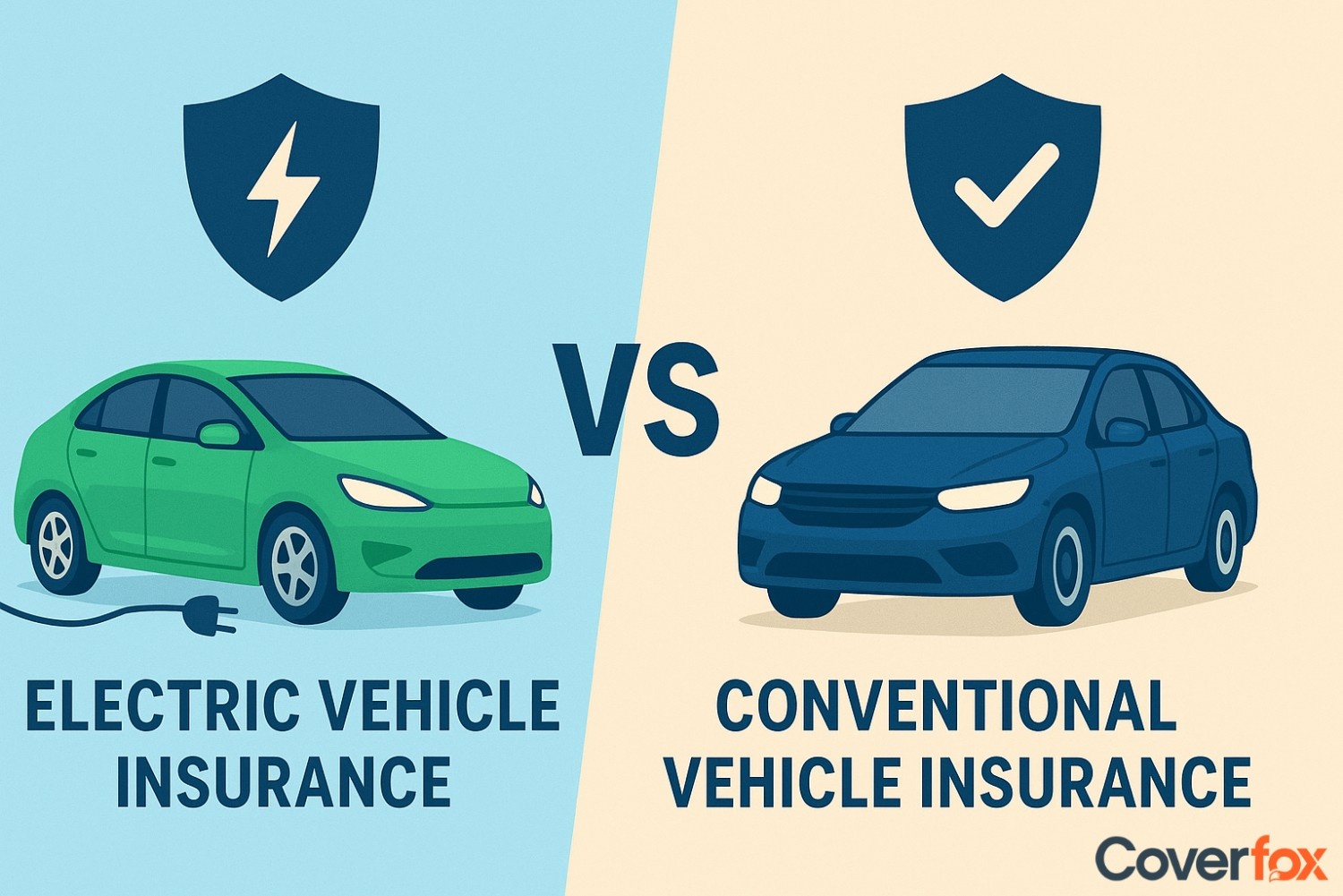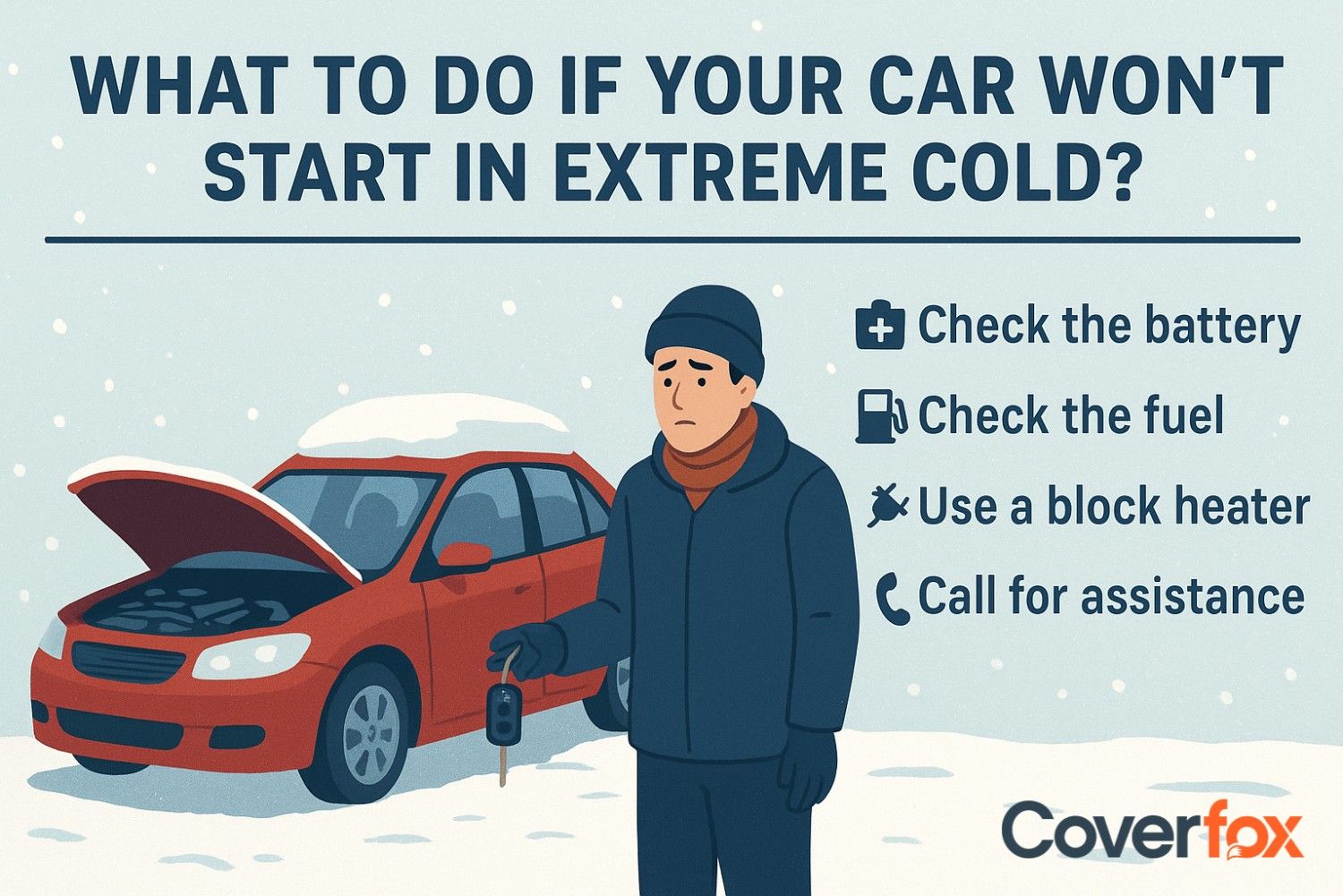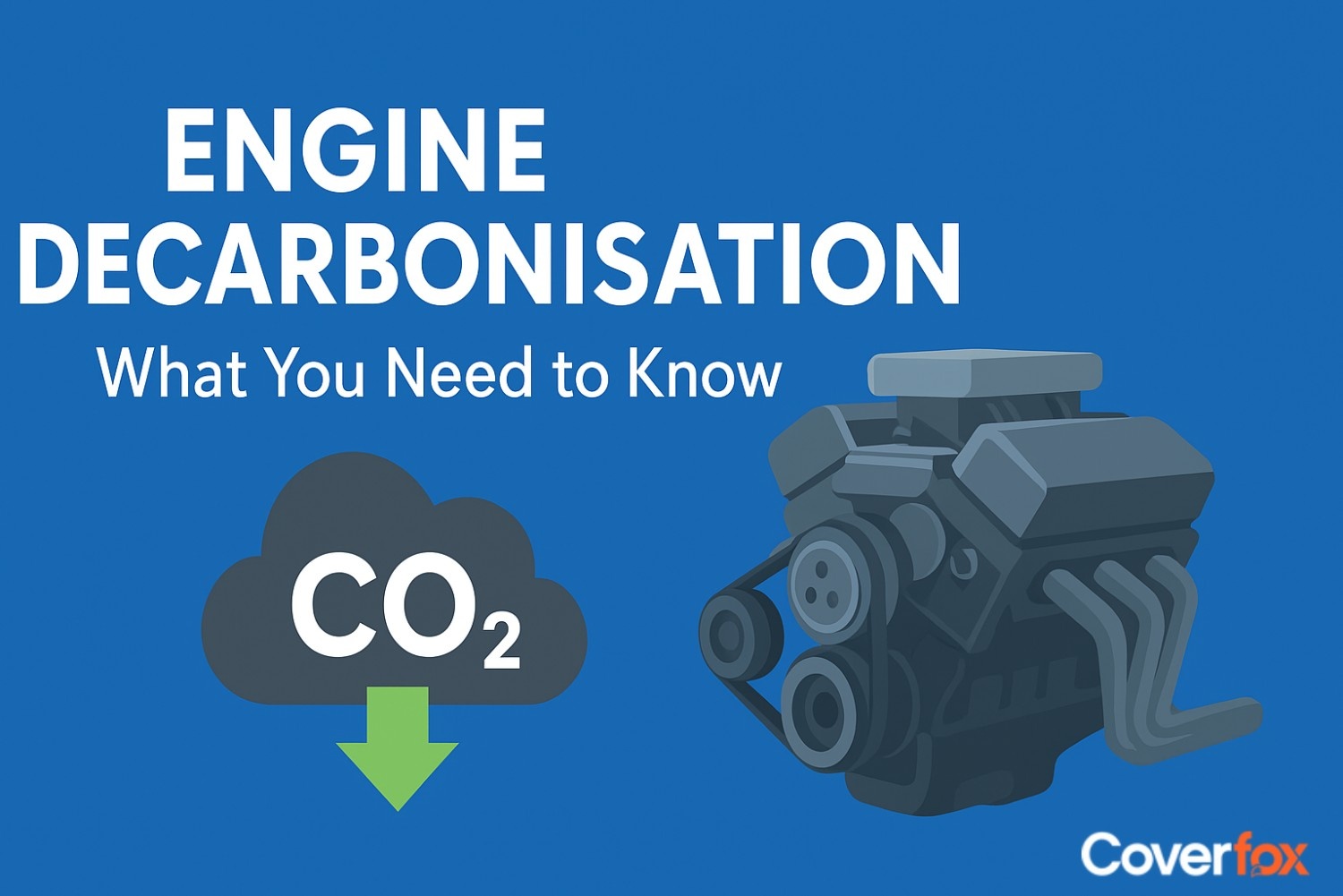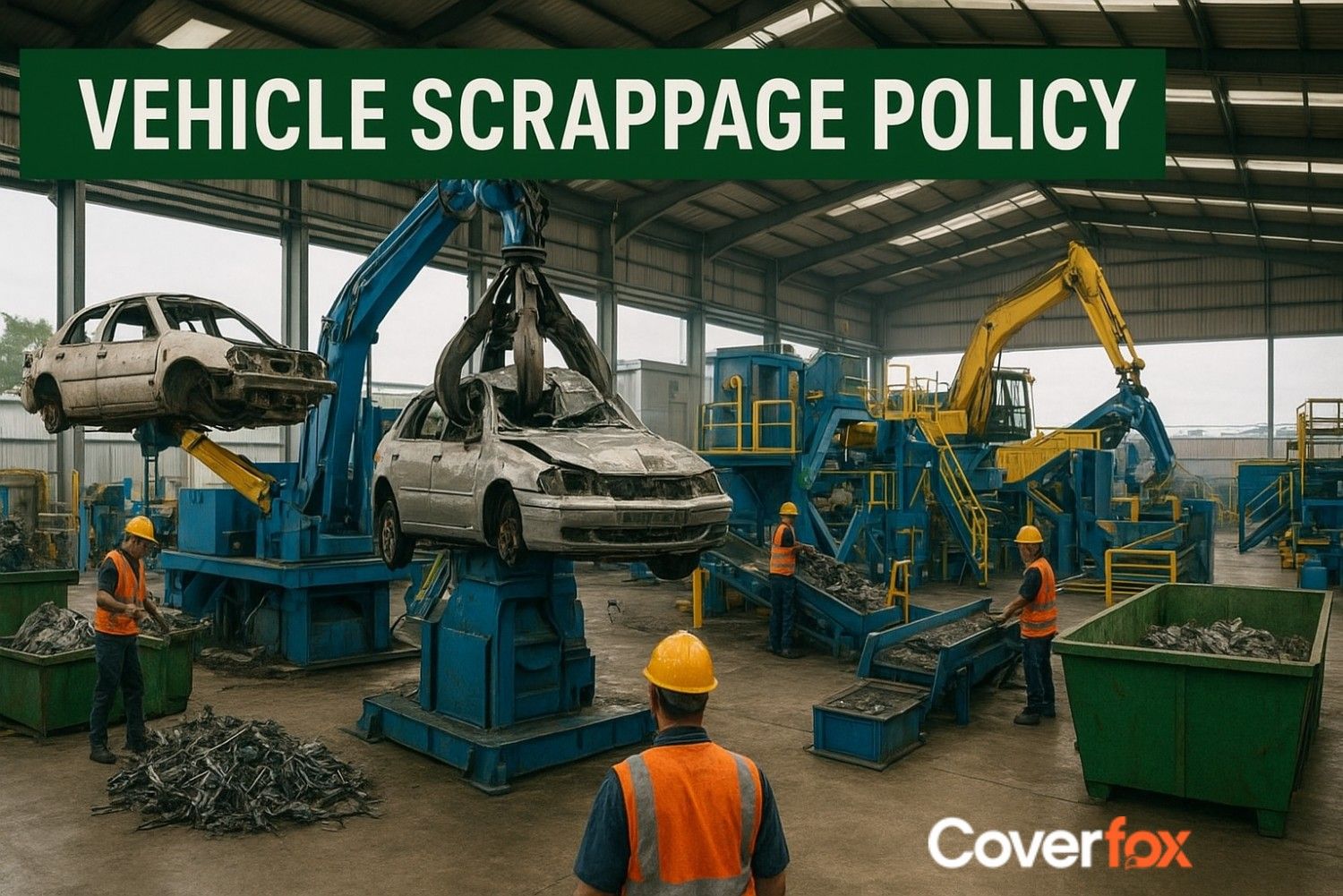Buying a car is a dream for many, and most of us, car enthusiasts or not, love to keep our cars in pristine condition. Be it a newly bought car or 5-year-old car, everyone wants their car to look like it is brand new. So the question arises, how do we maintain the looks of our prized possessions? The answer is – Car Coating.
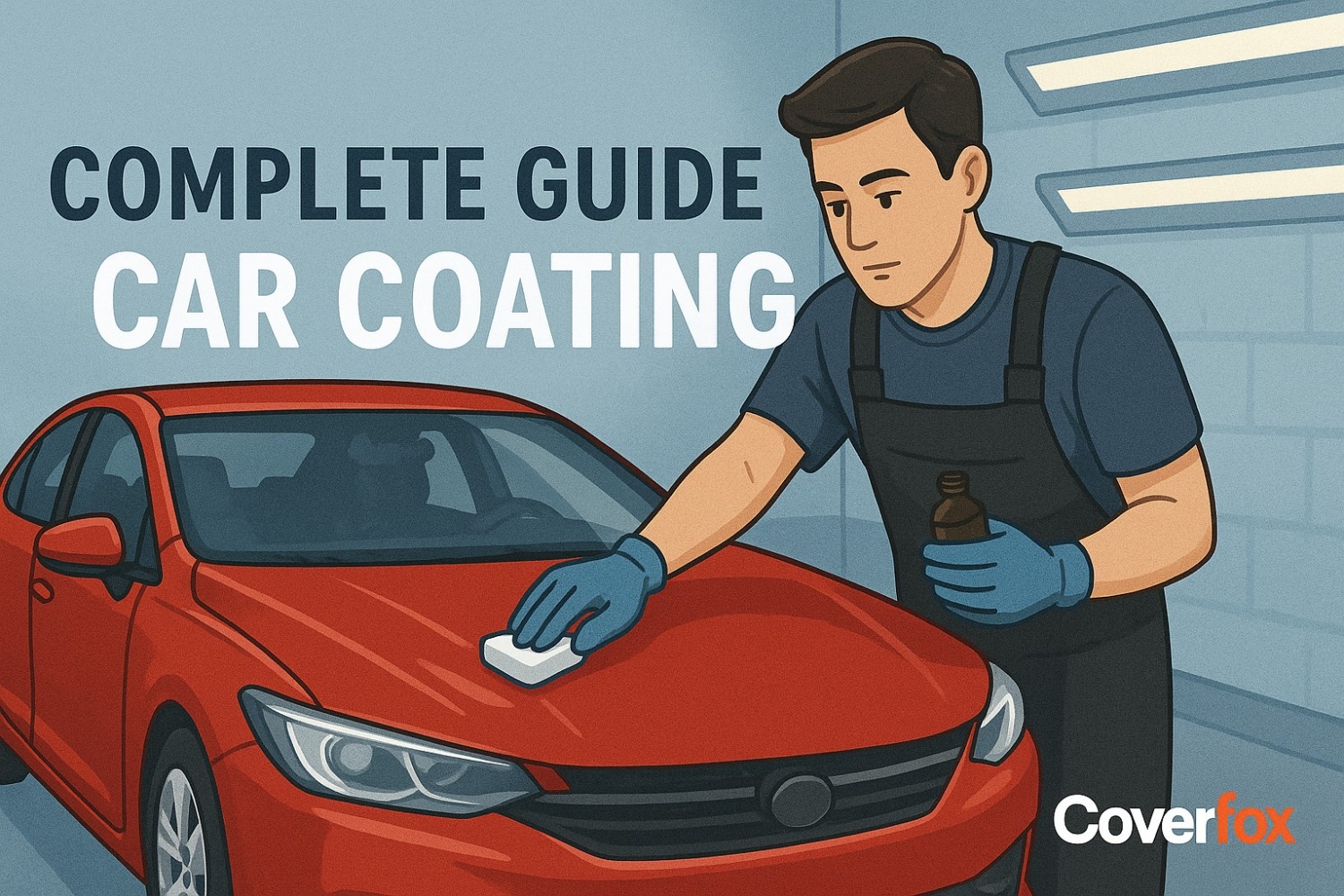
To understand what car coating is, how it works and which is the best car coating suited for your car, read along.
What is Car Coating?
Car coating is a customisation wherein an additional layer of protection is added to the paint to protect the car and the paint from outside debris. Car coatings are durable and long-lasting – unlike wax coatings or polishes. It can be made from various materials like ceramic, glass or polymer. A good quality car coating will ensure your paint remains top-notch and does not get damaged by debris.
Types of Car Coatings
Car coatings come in different types with different applications. They are distinguished by the type of material used in coating. Here are the different types of car coatings:
1. Ceramic Coating
In ceramic coating, a nano-based liquid polymer that bonds with the car’s paint, forming a durable, hydrophobic layer, is used that protects against UV rays, dirt, and minor scratches.
Ideal for
Long-term protection, high gloss, and hydrophobic finish. Popular among car enthusiasts and premium car owners.
2. Graphene Coating
In graphene coating, a carbon-based coating known for its high durability, anti-static properties, and better heat dissipation is used, which has fewer water spots compared to ceramic coating
Ideal for
Areas prone to water spotting and heat; offers advanced protection with longer durability than ceramic.
3. Teflon Coating (PTFE Coating)
Made from polytetrafluoroethylene, teflon coating offers short-term protection against corrosion and light scratches, with enhanced shine.
Ideal for
Budget-friendly option for basic shine and scratch resistance; commonly used by dealerships before vehicle delivery.
4. Glass Coating
Glass coating uses silica-based compounds to create a crystal-clear, glossy finish with strong chemical resistance and long-lasting hydrophobic protection.
Ideal for
Deep gloss and excellent chemical resistance; often chosen by detailers for high-end cars, and is used for windows and windshields.
5. Paint Protection Film (PPF)
PPF uses a thick, clear polyurethane film that shields the car from chips, scratches, and abrasions; self-healing properties add to its value.
Ideal for
Excellent for physical damage resistance; often used in sports cars or vehicles driving in rough terrains.
Key Benefits of Car Coating
Car coating adds a layer of protection to your car to protect it from scratches, debris, and pollutants, while giving it a glossy/matte finish look. Here are the key benefits of applying car coating:
- Gives the car a glossy or shiny finish, making it look brand new.
- It protects the car from UV rays, fading and rusting.
- It repels any water, dirt or road grime.
- It reduces the risk of minor scratches and swirl marks.
- It makes washing and maintenance easier and less frequent.
- Increases the resale value by preserving exterior condition.
How to Apply Car Coating
Although car coating is generally done by a professional, if you wish to DIY, follow these steps carefully:
Step 1: Wash the Car Thoroughly
Clean the vehicle to remove dirt, dust, and road grime.
Step 2: Dry the Car Completely
Wipe the car using a microfibre towel or let it air dry in a dust-free environment to prevent water spots.
Step 3: Polish the Paint (If Needed)
If the paint has swirl marks or scratches, machine-polish it to create a smooth and even surface before coating.
Step 4: Wipe Down with Isopropyl Alcohol (IPA)
Clean the surface using an IPA solution to remove oils and polishing residue to ensure the bonding of the coating with paint is effective.
Step 5: Apply the Car Coating
Use the applicator pad provided to apply the coating in a crosshatch (left-right, up-down) motion, one panel at a time.
Step 6: Let It Flash and Buff Off
Allow the coating to sit (usually 30 seconds to 2 minutes) until it flashes, then gently buff with a clean microfibre cloth.
Step 7: Cure the Coating
Let the vehicle sit for 24–48 hours in a covered, dry area so the coating cures and bonds completely.
Step 8: Avoid Water for a Few Days
Do not wash or expose the car to rain for at least 3–5 days after coating application to ensure durability.
How Long Does Car Coating Last?
The longevity of car coating depends on various factors like – type of coating used, how the coating was applied, the environment where the car is used, total usage of the car, etc. However, a ceramic coating generally lasts for 5 years if applied and maintained properly. A teflon coating lasts even longer, whereas the glass and polymer coating do last long if maintained well, for around 2-5 years. The key to getting long-lasting car coatings is to maintain them with proper care and periodic maintenance.
Tips for Maintaining Your Car Coating
Maintaining your car coating ensures the car coating lasts long and is effective. Here are a few maintenance tips for your car coating:
- Use pH-neutral shampoo for regular washing.
- Avoid abrasive or automatic car washes.
- Dry with a microfibre towel to prevent spots.
- Clean off bird droppings and sap promptly.
- Apply maintenance spray every few weeks.
- Avoid wax or harsh chemicals on coated surfaces.
Common Mistakes to Avoid When Applying Car Coating
Applying car coating is a work of art. If not done correctly, it can wear off quickly or will not have the intended effect. Here are a few common mistakes to avoid when applying car coating.
Skipping Surface Preparation
Applying in Direct Sunlight or Humid Conditions
Applying Too Much Product
Not Following Flash Time Instructions
Touching the Car Before It Cures
Ignoring Manufacturer Instructions
Not washing, claying, or polishing the car properly can prevent the coating from bonding well.
Heat or humidity can cause uneven curing, streaks, or blotches on the surface.
Thick layers don’t add protection and can lead to hazing or high spots that are hard to remove.
Buffing too early or too late can result in smears or permanent streaks.
Handling or driving the car during the curing period can damage the coating layer.
Different products have different techniques and wait times—always follow the specific guide.
Summing Up
Customising cars these days is no longer a luxury – it enhances the endurance of the car. One such customisation is car coating. This layer of coating protects the car from the outside debris, scratches and paint damage just like car insurance covers damages from an accident. Car coating is used to give you a brand-new look and maintain its pristine beauty. Make sure you use expert help to apply car coating and not damage your car. Happy driving!
Explore More:
Carbon Fibre: A Glimpse into the Future
Types of Tyres: A Guide to Choosing the Right One
Frequently Asked Questions
Which type of coating is best for a car?
Ceramic and Teflon coatings are the most common and durable coatings for a car.
What should I look for when choosing a car coating?
Your needs, if you wish for a protective layering, consider buying ceramic or Teflon coating. If you wish to protect your windshield a glass coating will be better.
Is car coating expensive?
It can cost you anywhere between ₹15,000-₹30,000.
Can I remove a car coating if I no longer want it on my vehicle?
Yes, car coatings like ceramic coating can be removed if you no longer want them. However, it's a process that's best left to professionals to avoid damaging the car's paint.
Can I apply car coating myself?
Yes you can DIY, but an expert is better.
